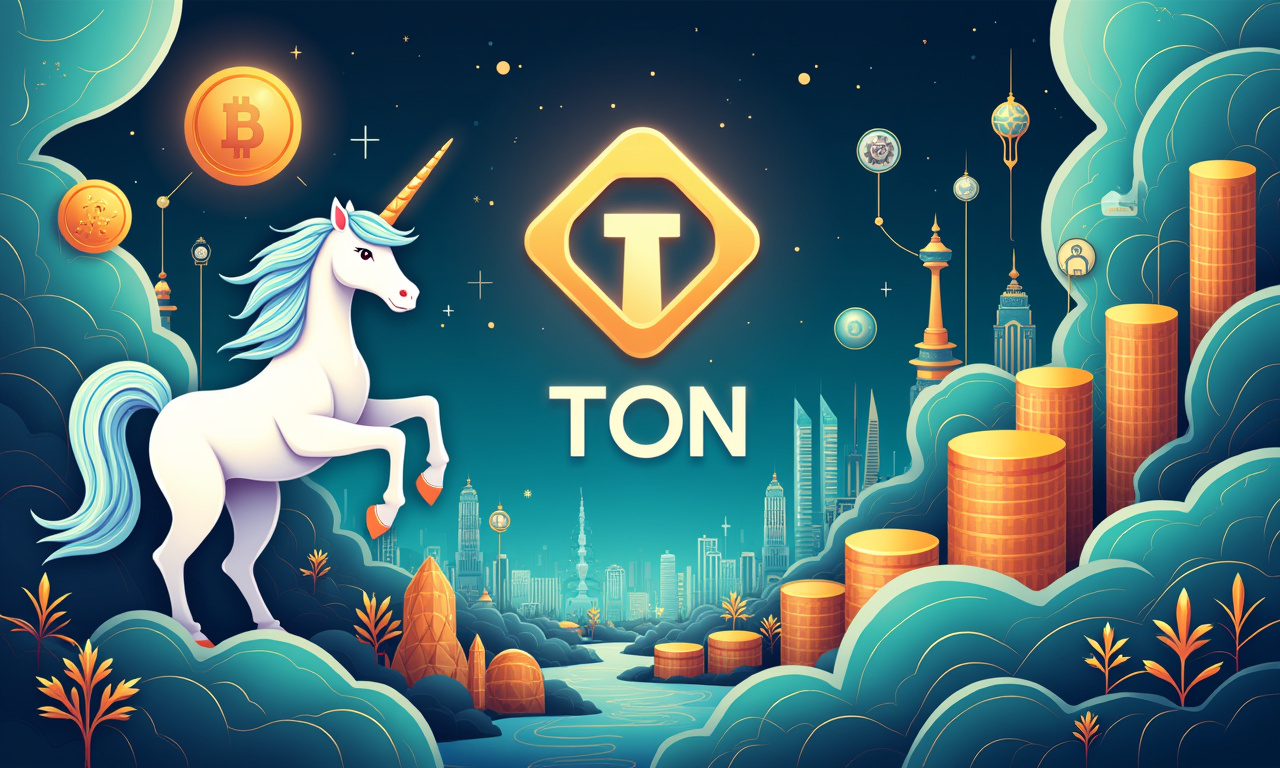
Solana's H1 2025 Domination: What's Driving Its Real Value Surge?

Lim Qiaoyun
Fast forward today, and Solana has emerged as one of the leading heavyweights in the blockchain arena. It’s far surpassing its competitors on network usage and DEX (decentralized exchange) volume. This boom in activity is no mere flash in the pan. It’s powered by a growing real economic value (REV), supported by Solana’s unique architecture and increasing adoption. DreamingCrypto takes a look at the driving forces behind Solana’s stellar performance in the first half of 2025.
With its unique architecture for high throughput and low friction, Solana is emerging as the real usage chain. This design supports much more economic activity on a much thinner capital base, which is why it’s so attractive to so many different applications. It’s the same network that can quickly and easily power millions of high-value transactions. This powerful capability has drawn developers and users to create a rich app ecosystem.
Decoding Solana's Economic Engine
Validator Rewards and Revenue Growth
Another important measure of Solana’s economy, and a somewhat unexpected one, is the massive amount of production revenue validators are pulling in. As of 2024, Solana’s validator rewards have totaled $1.44 billion—one of the best and most rapidly expanding top-line revenue streams in crypto. This creates the incentive for validators to continue upholding the integrity and performance of the network, further adding to its long-term stability and reliability.
Solana's fee base continues to diversify, with a thriving Miner Extractable Value (MEV) landscape and a surge in usage of Jito's tipping mechanism. Jito tips have become a dominant force in transaction prioritization. They give users the option to pay additional fees in exchange for faster processing times. This auction-based system is what allows these transactions to get processed quickly, even when the network is busy.
The Role of Jito Tips
To say the least, Jito tips have changed the game when it comes to transaction prioritization on Solana. By letting users bid for priority, Jito tips put the guarantee that the most important transactions get through quickly and efficiently in the hands of the users. This funding mechanism is exploding in popularity. In September 2023, Jito tips made up more than 60% of all priority fee volume — an astonishing leap from around 10% in April 2023.
Note that Jito tip costs may vary based on market conditions. During these unstable times, consumers are likely to spend more SOL on tips while maintaining the same amount of transactions. This is indicative of a growing need for explicit transaction prioritization when networks become busy. Now users can use Jito tips to reduce the risk of unpredictable transaction processing times. This makes sure that their transactions are settled instantaneously and with certainty.
Solana vs. Ethereum and Bitcoin: A Comparative Look
DEX Volume Leadership
Solana’s ever-increasing share of DEX volume is further evidence of its expanding popularity and utility. For instance, in January 2025, Solana-based DEXs were the clear leaders in trading volume with $258 billion, compared to $86 billion for Ethereum! Though monthly figures are subject to extreme variation, the trend represents Solana’s growing market share. This month, Solana-based DEXs have posted a total trading volume of just over $60 million, nearly double the $34 million on Ethereum, showcasing its sustained momentum. Solana is set to continue its four-month streak above Ethereum and all other smart-contract blockchains in DEX volume.
Network Stability and Performance
Solana had an incredible 3 months, earning 213% more revenue than previous quarter. They would then celebrate their one-year anniversary of not having a single network outage! The Solana network experienced 99.94% uptime during the 12-month period leading up to March 1, 2023 – February 29, 2024. Despite these outages, Solana has taken major steps to prove their network stability is on the right track.
Solana’s engineering and developer team has been consistently making efforts to combat these problems via new releases and patches. In September of 2023, we celebrated safely bringing version 1.16 to the production environment. Next, on January 15, 2024, we deployed version 1.17, bringing new features, performance improvements, and changes to further strengthen the network’s resiliency. A similar patch/update was deployed to fix a vulnerability found in the Agave client during August 2024.
- February 6, 2024: A 4 hour 46 minute outage was caused by a bug in the LoadedPrograms function that led to an infinite loop and halted consensus.
- January 2022: Severe network congestion led to degraded performance and partial outages.
- September 14, 2021: A 17-hour network stall followed Grape Protocol's launch of its on-chain initial DEX offering (IDO) on the crowdfunding platform Raydium AcceleRaytor.
Solana's fee structure is designed to maintain the network's performance while balancing non-uniform shocks in supply and demand. The priority fee structure enables users to queue up an additional priority fee to be paid in addition to users’ base fee. This increases their transaction’s priority within the leader’s queue. As such, it results in quicker confirmation times for transactions with more valuable priority fees.
These applications include:
Real-World Applications and Adoption
This diverse range of use cases highlights Solana's potential to disrupt various industries and drive mainstream adoption of blockchain technology. As more real-world applications are built on Solana, its real economic value is expected to continue to grow, solidifying its position as a leading blockchain platform.
- Logistics
- Tokenized assets
- DePIN (Decentralized Physical Infrastructure Networks)
- AI
- Global payments
This diverse range of use cases highlights Solana's potential to disrupt various industries and drive mainstream adoption of blockchain technology. As more real-world applications are built on Solana, its real economic value is expected to continue to grow, solidifying its position as a leading blockchain platform.


